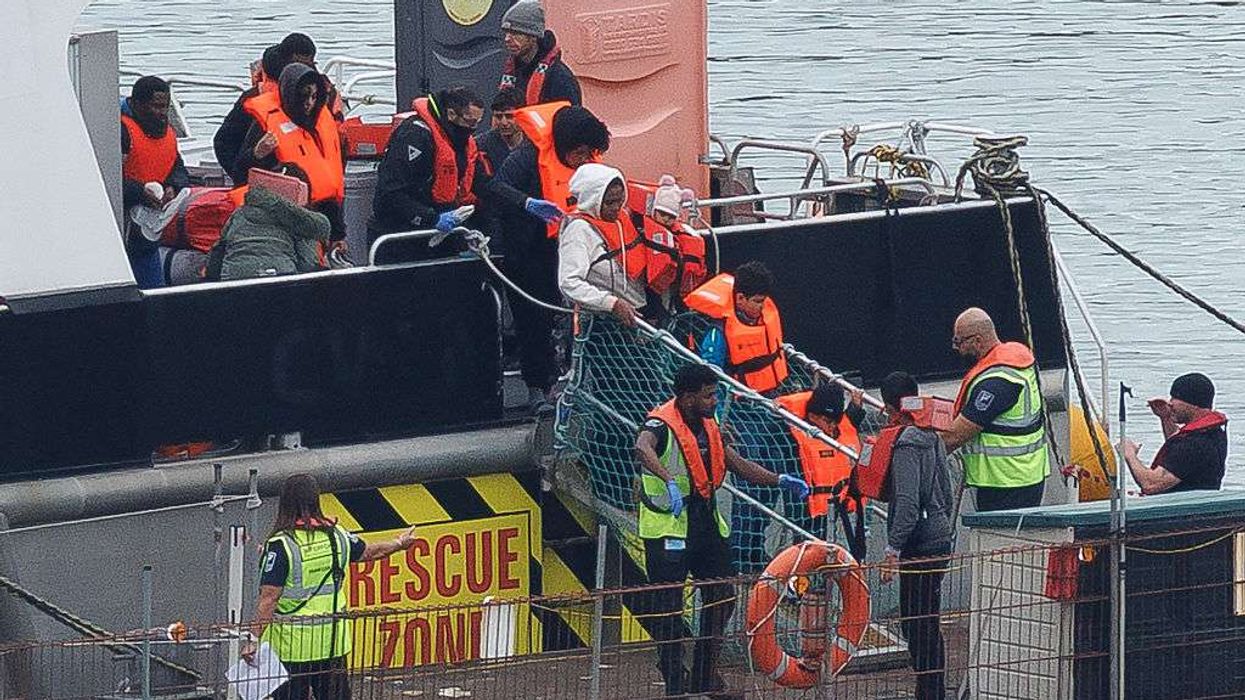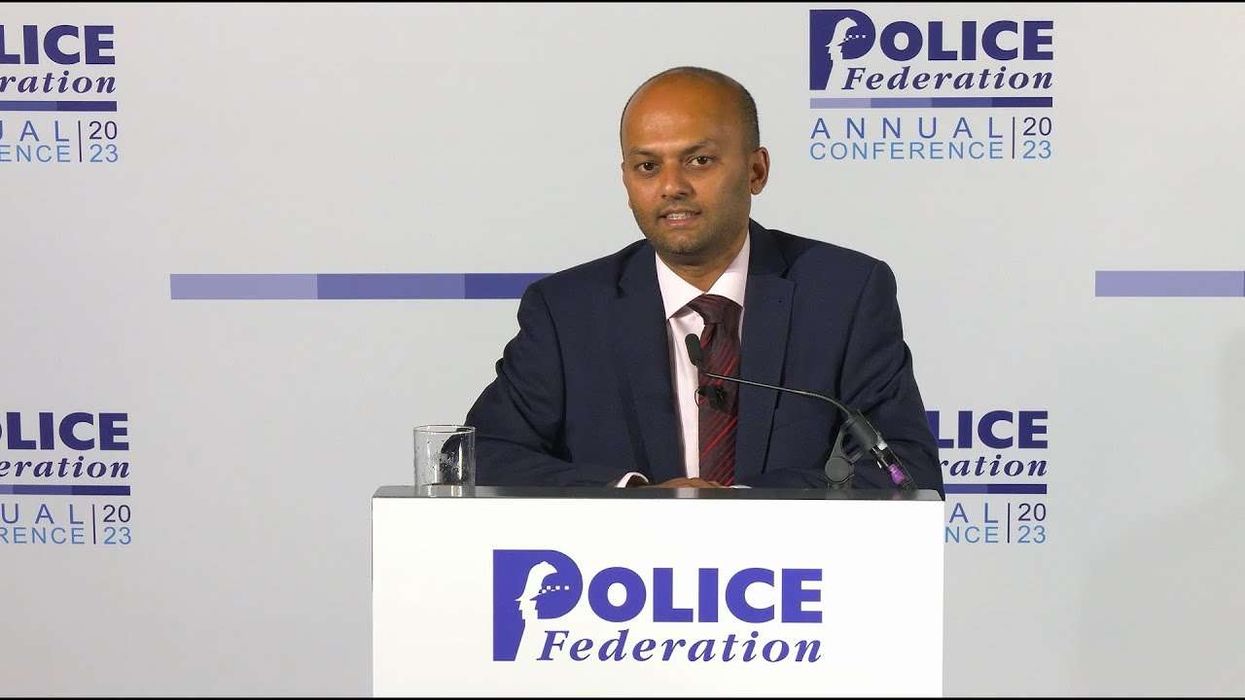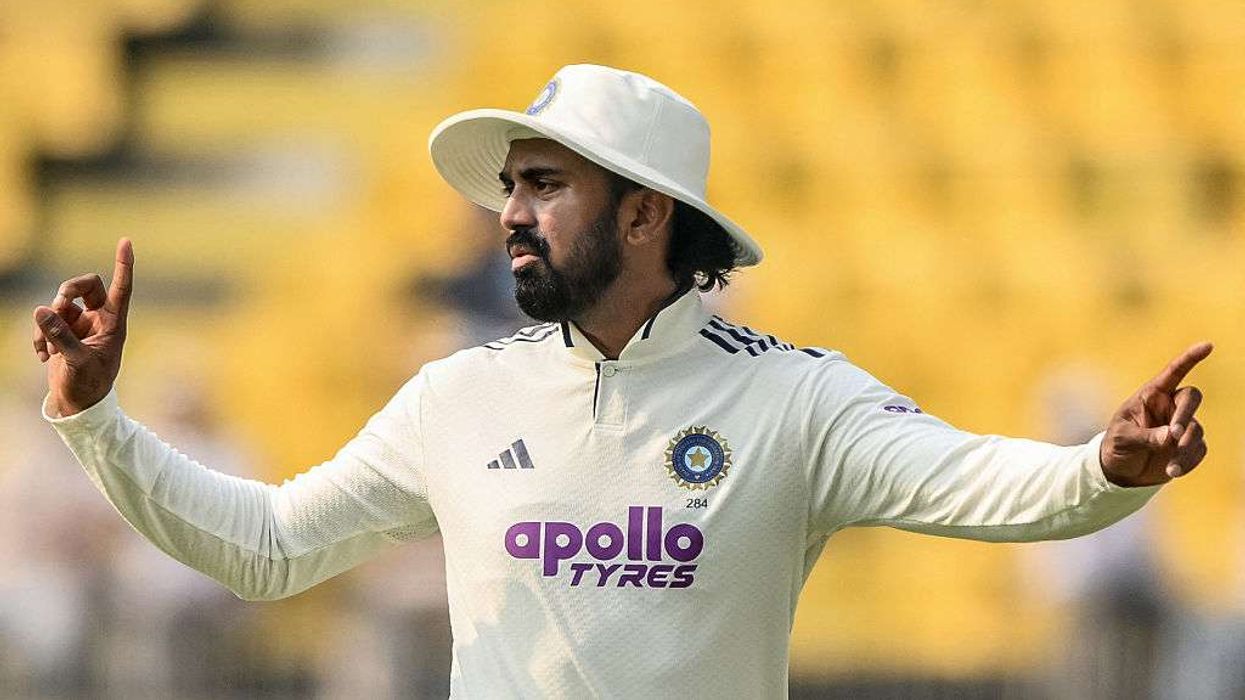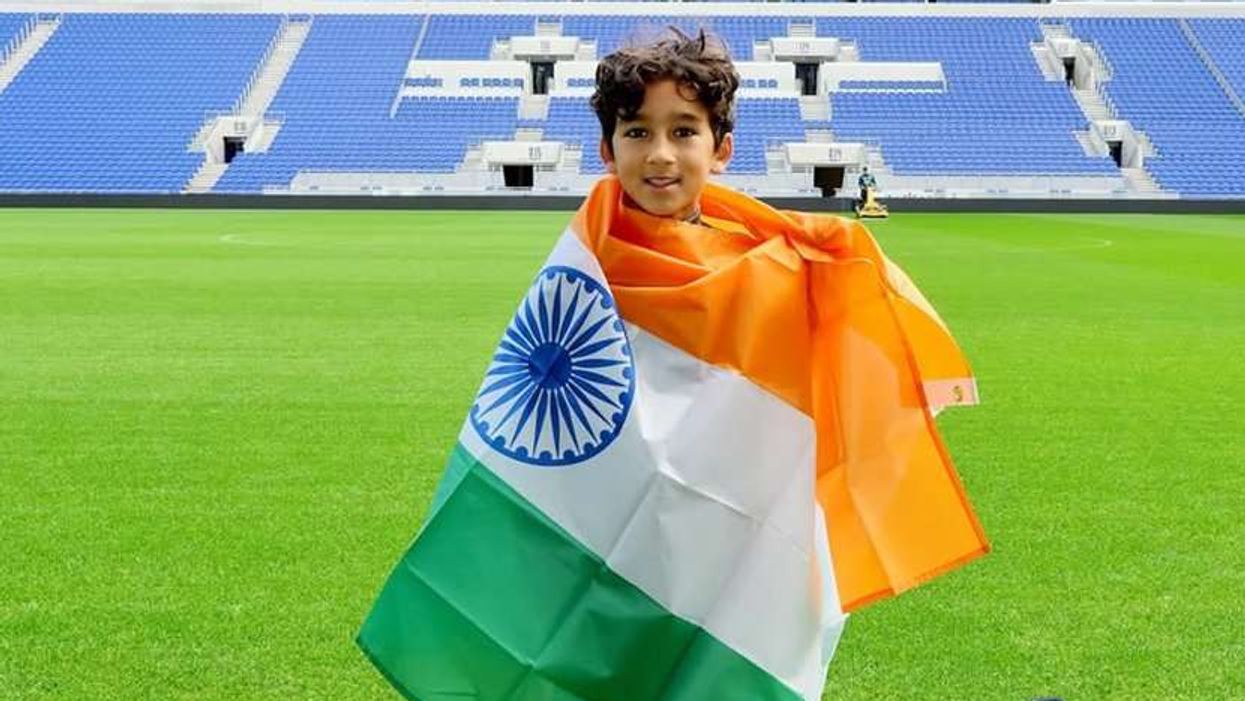by LAUREN CODLING
FOR many, the work of Samir Hussein will be all too familiar.
Working as arguably one of the most well-respected photographers in his field, Hussein has photographed the British royal family for more than a decade and his images have appeared across the globe.
Capturing some of the family’s most iconic moments, Hussein has covered the engagement and wedding of the Duke and Duchess of Cambridge, as well as pictures of them emerging from hospital following the birth of all three of their children.
Hussein, 40, even shot the first official outing of the Duke and Duchess of Sussex as a couple at the Invictus Games in Toronto. Most recently, he accompanied William and Catherine on their tour of Pakistan, as well as documenting the much-publicised trip made by Harry and Meghan to South Africa in October.
Speaking to Eastern Eye, Hussein has revealed his experiences working with the most photographed family in the world.
Starting out in his 20s, his first assignments saw him capture images of the monarch and the Duke and Duchess of Cornwall. However, he was particularly interested in the younger generation as they were similar in age to him. Over the years, Hussein has followed both William and Harry – witnessing major milestones such as engagements, weddings and babies.
“It’s been interesting to see them settle down,” he revealed. “I started photographing William and Harry and going on royal tours with them years before their engagements, so it feels like I’ve been on a bit of a journey with them. Harry has matured a lot from the fun-loving guy he was in his 20s – which is inevitable given that he is now married with a baby.”
The arrival of Meghan has seen the interest in the royals skyrocket. For Hussein, capturing her on film is a pleasure.
“Like Kate (Catherine), she is very photogenic,” he said. “I’ve loved photographing them on the tours they have done in the past year to New Zealand, Australia, Tonga, Fiji and South Africa.”
A major turning point for Hussein’s career came in 2011 after his images of William and Catherine’s engagement received worldwide coverage. The photographs appeared on the front page of national newspapers and from there, things spiralled. His work has since been selected for a series of notable publicity campaigns, featured in multiple newspaper and magazine spreads – and, perhaps most unusually, was even chosen to feature on a Royal stamp.
Images from the 2011 royal wedding received personal compliments from the then bride, Catherine, herself.
“I was told the Duchess of Cambridge loved the image I took of her in her wedding dress arriving at Westminster Abbey ahead of getting married and this is why it was chosen for the poster campaign to advertise the Royal Collection displaying the dress at Buckingham Palace,” Hussein recalled.
The photographer has also covered events such as Glastonbury, the Cannes Film Festival and the Victoria’s Secret Fashion Show. His portfolio is a who’s who of the A-List – from the late Amy Winehouse to Leonardo DiCaprio, he’s shot with some of the most famous and established singers, models and actors.
Royal and entertainment photography was not an altogether alien world for Hussein. His father Anwar Hussein worked as the official photographer for the royal family for more than four decades. The photojournalist captured a number of iconic images such as Prince Charles’ wedding to Diana Spencer in 1981. His 1997 photograph of Diana wearing protective clothing while walking through an Angolan minefield became one of the best-known images of the princess, at a time when she was undoubtedly one of the most famous women in the world.
In addition to the royal family, Anwar became known for his work with some of the most famous rock stars of the 1960s, including Freddie Mercury, John Lennon, The Who and The Sex Pistols.
Growing up in the countryside outside Bath, Hussein was aware of his father’s profession and would occasionally accompany him on jobs when he could. However, despite having a close insight into the world of a royal photographer, he had no desire to pursue it himself. His father did not push him – in fact, he encouraged him to try other career paths.
Instead, Hussein studied journalism at Southampton Solent University. After graduating in 2000, he got a job with a celebrity photo agency as an editor. It was there that the award-winning photographer began to seriously consider following in his father’s footsteps.
“I remember going out and shooting music concerts in the evenings and loving it,” he explained. “I got such a buzz from it and knew that this was something I wanted to try and make money from and build a career in.”
Besides the royal family, Hussein named his most memorable subjects to photograph as actress Angelina Jolie and singer Florence Welch (of indie rock band Florence and the Machine).
“Florence is an incredible music artist who is a dream to photograph and her passion, movement and flowing dresses seem to come together to produce incredible photos,” the lensman said. “Angelina always looks incredible on the red carpet, and it makes it so much easier to come away with striking imagery.”
However, working as a professional photographer has its downsides. For one, Hussein often has to shoot evening events before editing into the early hours. It is also an incredibly competitive industry although this can be a motivating factor in pushing yourself to be the best you can be, he added.
Being a freelance photographer can also be lonely work.
“I don’t have a boss and there’s no one telling me what to do and how to do it, so you have to learn to be self confident and have faith in what you’re doing,” he admitted. “But on the plus side, I do get to choose the hours I work and get to meet interesting people.”
Hussein’s success has undoubtedly been down to his eye for striking imagery, but he admits his father has had a major influence on his career path.
“When I became passionate about photography in my 20s and started shooting events he was encouraging, and is pleased I’ve followed in his footsteps,” he said. “I’ve learned a lot from him, so it’s been a huge help.”





 Holiday fans celebrate Leona Lewis' One More Sleep topping the UK streaming charts Youtube Screengrab
Holiday fans celebrate Leona Lewis' One More Sleep topping the UK streaming charts Youtube Screengrab 






